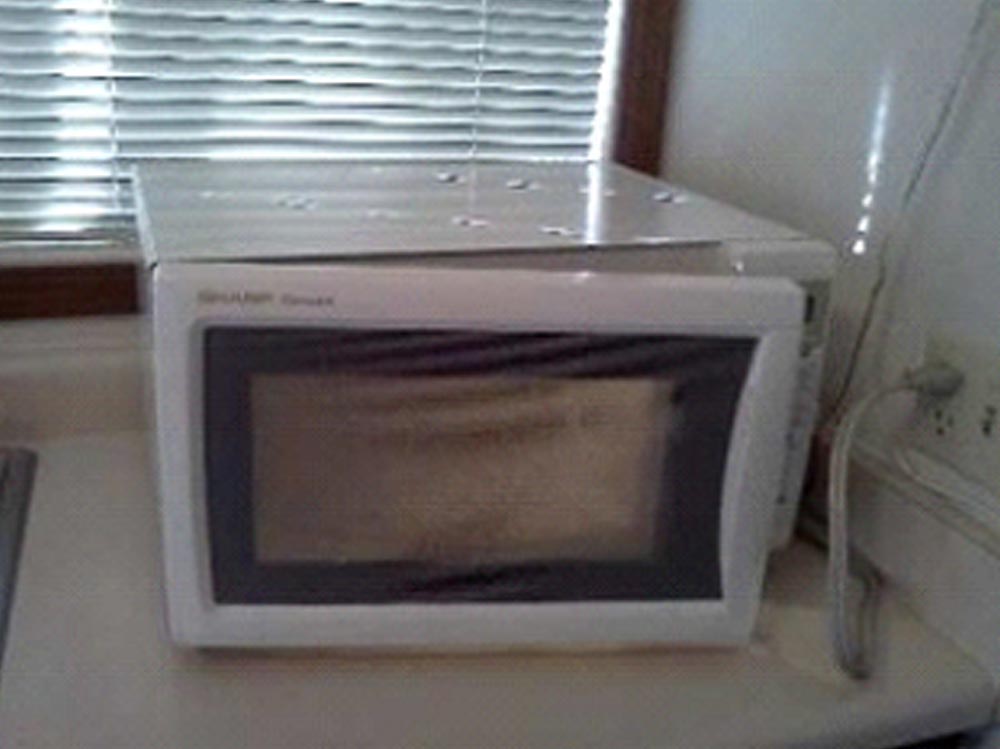In the category of “things people are curious about, but will be forgotten by next week”, the question of How Does A Microwave Work often comes up. While we spend much of our time repairing microwaves, the question of how they actually work is a fascinating one.
While there have been many improvements over the years, the basic functionality has remained unchanged since it’s invention over 55 years ago.
Microwave radiation works by exciting water molecules with food. This causes them to move faster and as a result, they heat up. The heat spreads and before you know it, hot food.
Am I impressing you with my vast knowledge of science, yet? Don’t be. I am a technician, not a scientist.
On a side note, did you know that according to an article I once read, science already has the means to provide an almost unlimited amount of renewable energy to the world using satellite solar panels. Without the interference of the clouds and atmosphere, satellite solar panels can collect a nearly unlimited amount of energy.
I know what you’re thinking. What does this have to with microwaves? The problem with this solar energy is getting from the satellite to the earth’s surface. The answer? Microwaves.
The problem with this process is the energy produced by these microwaves would instantly fry anything that crossed its path, including birds, airplanes, etc.
Anyway, back to the subject of “How Does A Microwave Work?”; Cnet has written an interesting article that goes into much greater detail.
To learn more, go to http://www.cnet.com/news/appliance-science-the-tasty-physics-of-microwave-ovens/.

